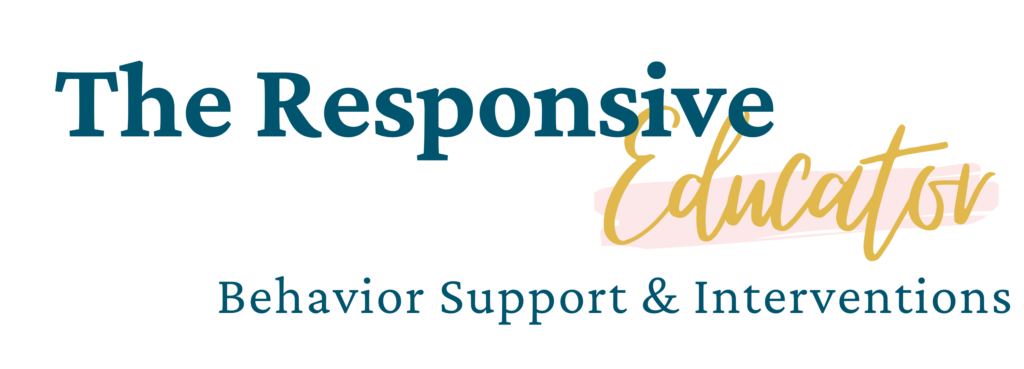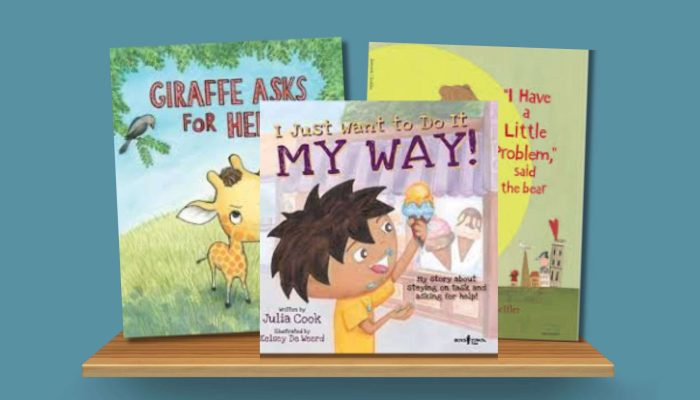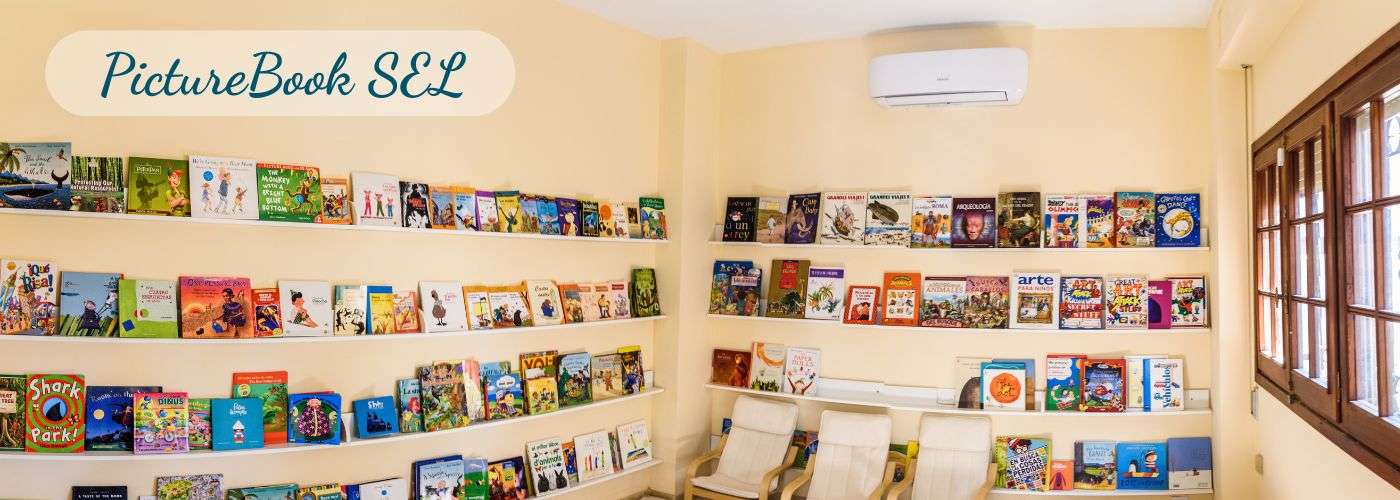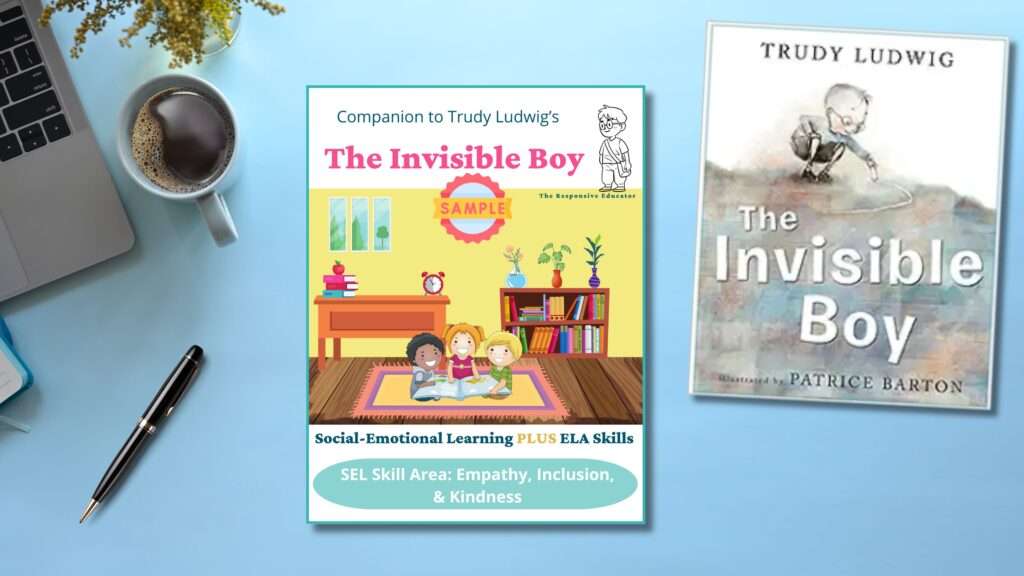


Helping children understand the importance of asking for help is crucial for their growth and well-being. The following picture books are designed to empower kids by teaching them how to ask for help when they need it. These stories offer practical strategies, relatable scenarios, and valuable insights for children, parents, and educators alike. By fostering an understanding of the benefits of asking for help, these books support children in developing confidence, self-regulation, and effective communication skills.
These books are generally aimed at younger elementary-aged children but can also be beneficial for slightly older children depending on their developmental stage and individual needs. While the suggested age ranges indicate when a child might understand the content independently, these books can be valuable resources for children outside of the suggested range when used with guided instruction and discussion. They are especially useful in classroom settings to spark discussions on the importance of asking for help, managing emotions, and understanding individual needs.
For some of the books on this site, I’ve created interactive read-alouds designed to enrich their use in the classroom. These resources include discussion questions, activities, and prompts that actively engage students and deepen their understanding of key themes. More interactive read-alouds are on the way! If there’s a specific book you’d like to see included, please reach out using the contact form at the bottom of the page.
For more insights on supporting social-emotional learning (SEL) and incorporating interactive read-alouds into your teaching, explore these posts:
(As an Amazon affiliate, I earn a small commission if you purchase products through the links on my posts. Thank you for your support!)
Summary: Back to Front and Upside Down tells the story of Stan, a young boy who struggles with writing. On his birthday, he becomes frustrated when his letters come out back to front and upside down. With support from his teacher and encouragement from his friends, Stan learns that asking for help is okay. Through persistence and patience, he overcomes his difficulties, ultimately gaining confidence and pride in his accomplishments.
Description: In Back to Front and Upside Down, Claire Alexander captures the challenges that many children face when learning new skills, particularly those involving writing and fine motor coordination. The book gently addresses the feelings of frustration and embarrassment that often accompany these struggles, offering a comforting message that it’s okay to ask for help. The vibrant illustrations bring Stan’s emotions to life, making it easier for children to relate to his experience.
The story is a valuable resource for children who may be struggling with similar issues, offering them a relatable character in Stan and a positive resolution that emphasizes the importance of perseverance and seeking support when needed. It also serves as an excellent tool for educators and parents to initiate conversations about learning challenges and the significance of asking for help. The book’s approachable language and relatable storyline make it accessible to young readers, while its underlying message is universal and powerful.
Reviews and Considerations: Giraffe Asks for Help has been praised for its heartwarming message about the importance of asking for help, particularly for young children learning to navigate feelings of self-doubt and frustration. Many reviewers appreciate the book’s ability to normalize help-seeking behavior in a way that is relatable for kids. The vibrant illustrations and positive tone make it engaging, and caregivers found it useful for teaching children about emotional growth. Some also noted the additional guidance for adults included at the end, which extends the book’s impact.

Summary: Giraffe Asks for Help tells the story of Gary, a young giraffe who struggles with reaching the leaves on the highest branches after he’s grown taller. At first, Gary is determined to solve the problem on his own, but his repeated attempts only lead to frustration and exhaustion. Eventually, he realizes that it’s okay to ask for help, and with the support of his friends, Gary discovers that seeking assistance is not a sign of weakness but a way to overcome challenges together.
Description: In Giraffe Asks for Help, Nyasha Chikowore presents a gentle and engaging story about the importance of recognizing when to ask for help. The book explores themes of independence, perseverance, and the value of teamwork. As Gary the giraffe struggles with his new height, children can easily relate to the experience of facing difficulties and the reluctance to admit when they need support.
The vibrant and expressive illustrations by Janet McDonnell bring Gary and his animal friends to life, making the story visually appealing and helping young readers connect with the characters. The narrative encourages children to understand that asking for help is a natural and positive step in dealing with challenges, emphasizing that it’s a part of growing up and learning.
This book is particularly useful for teaching social-emotional skills, such as self-awareness and relationship-building, as it highlights how asking for help can lead to stronger connections with others and more effective problem-solving.
Reviews and Considerations: Giraffe Asks for Help has been well-received for its approachable story and the way it normalizes asking for help. Reviewers praise the book for its simple yet impactful message, which is delivered in a way that is both accessible and reassuring for young children. The illustrations are noted for their charm and ability to convey emotions, adding depth to the story and enhancing its appeal.
One consideration is that the book’s storyline is fairly straightforward, making it ideal for younger readers but possibly less engaging for older children or those looking for more complex narratives. Additionally, some readers might wish for a more detailed exploration of the process of asking for help, such as specific examples or steps that children can follow in their own lives.

Summary: I Have a Little Problem, Said the Bear is a whimsical and thought-provoking story about a bear who tries to share his problem with various characters but is continuously interrupted by their assumptions about what his problem might be. As each character offers a solution without actually listening to the bear, the story gently illustrates the importance of truly listening to others when they ask for help.
Description: In I Have a Little Problem, Said the Bear, Heinz Janisch presents a clever narrative that highlights a common issue many people face: being misunderstood when trying to ask for help. The bear’s “little problem” remains a mystery throughout the book as various characters, including a doctor, a tailor, and others, offer advice without ever hearing what the bear has to say. The story humorously yet poignantly captures the frustration of not being listened to, which can resonate with both children and adults.
The illustrations by Silke Leffler complement the text beautifully, with delicate and expressive artwork that adds a layer of charm and whimsy to the story. The visual style enhances the narrative, making it both engaging and memorable for young readers.
This book serves as an excellent tool for teaching children about the importance of listening carefully and understanding others before jumping to conclusions. It encourages empathy and effective communication, making it a valuable addition to any social-emotional learning (SEL) curriculum.
Reviews and Considerations: I Have a Little Problem, Said the Bear is a valuable tool for both children who need help and those who wish to offer help. This book can be used to model empathy, patience, and effective communication, making it ideal for classrooms or home settings to foster better understanding between children and their peers or caregivers. Reviewers praised its engaging illustrations and meaningful message about the importance of communication. It encourages children to express their needs clearly and teaches listeners the value of truly hearing before offering solutions. This book can be a great starting point for discussions on empathy, patience, and communication.

Summary: I Just Want to Do It My Way! follows the story of RJ, a young boy who struggles with completing tasks and following instructions because he insists on doing things his way. Throughout the story, RJ learns the importance of listening, following directions, and asking for help when needed. With the guidance of his parents and teacher, RJ begins to understand that while it’s okay to have his own ideas, there are times when following the rules and seeking assistance can lead to better results.
Description: I Just Want to Do It My Way! by Julia Cook is part of her popular series focused on teaching essential social skills to children. In this book, RJ’s journey highlights the challenges many children face when they are determined to do things independently but struggle with the consequences of not following directions. The story is relatable for kids who often feel the need to assert their independence, yet it gently teaches them that asking for help and adhering to guidelines can be beneficial.
The book is filled with humorous situations that kids will recognize from their own lives, making the lessons more accessible and engaging. The illustrations by Kelsey De Weerd add vibrancy and energy to the narrative, capturing RJ’s emotions and the chaos that ensues from his actions.
I Just Want to Do It My Way! is particularly useful for teaching children about self-regulation, the importance of following directions, and the value of seeking help when needed. It’s an excellent resource for parents, educators, and counselors looking to address these common issues in a fun and approachable way.
Reviews and Considerations: For I Just Want to Do It My Way! by Julia Cook, many reviewers praised its relatable message, especially for children who struggle with focusing or following directions. Parents and educators found it helpful for teaching children to stay on task and ask for help when needed. The character RJ’s challenges with completing assignments and his journey toward finding better focus resonated with children and provided a starting point for conversations on behavior. While some noted that the book might be slightly long or preachy, it remains an effective tool for both home and classroom use.



Sign up now to receive a free sample of “The Invisible Boy” Interactive Read-Aloud Lesson Plan! This comprehensive resource includes engaging activities designed to help your students develop empathy and inclusion.
By signing up, you will also join our newsletter, where you’ll receive:
Join our community of educators dedicated to fostering social-emotional growth in the classroom!

( ) = Coming Soon
Body Safety & Personal Boundaries
(Conflict Resolution)
(Compromise / Cooperating)
Feelings & Emotional Awareness
(Sensory Processing)
(Sharing)
(Speaking Politely)
(Teasing & Bullying)
(Trauma Recovery)